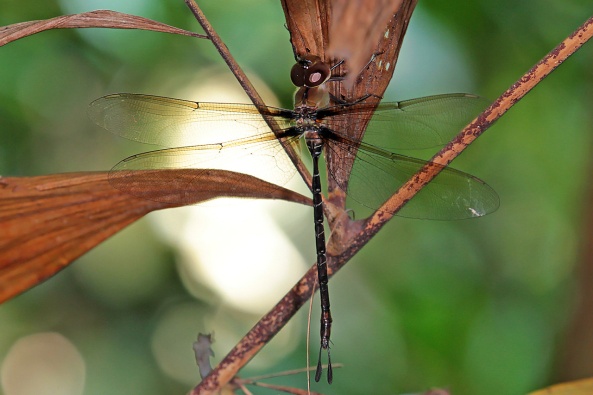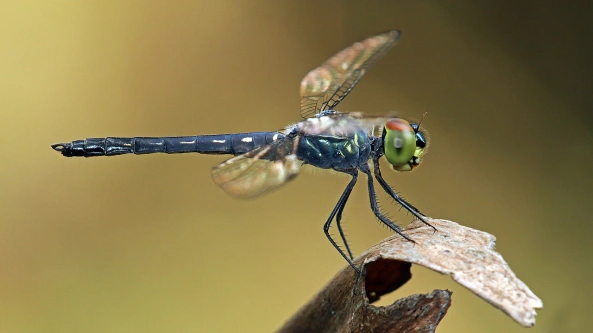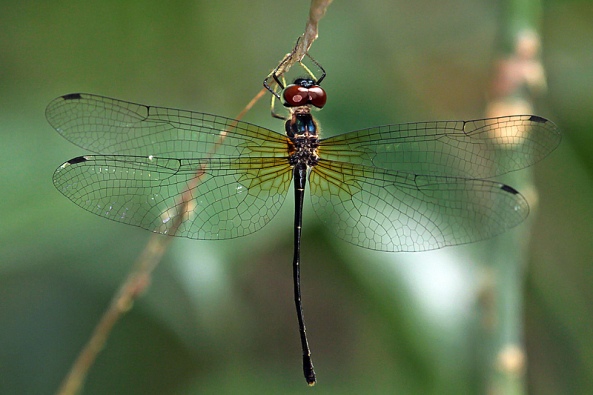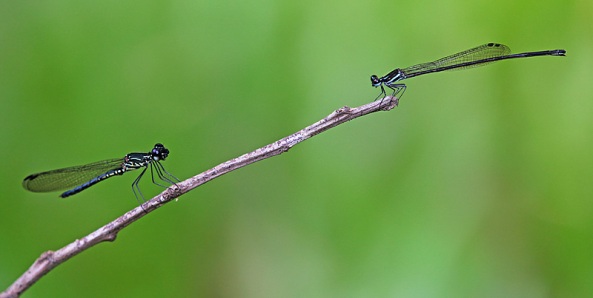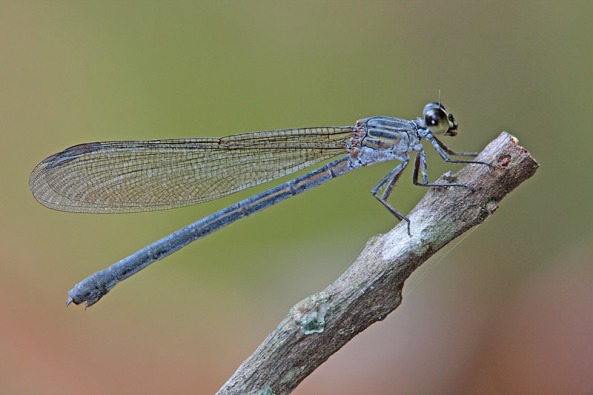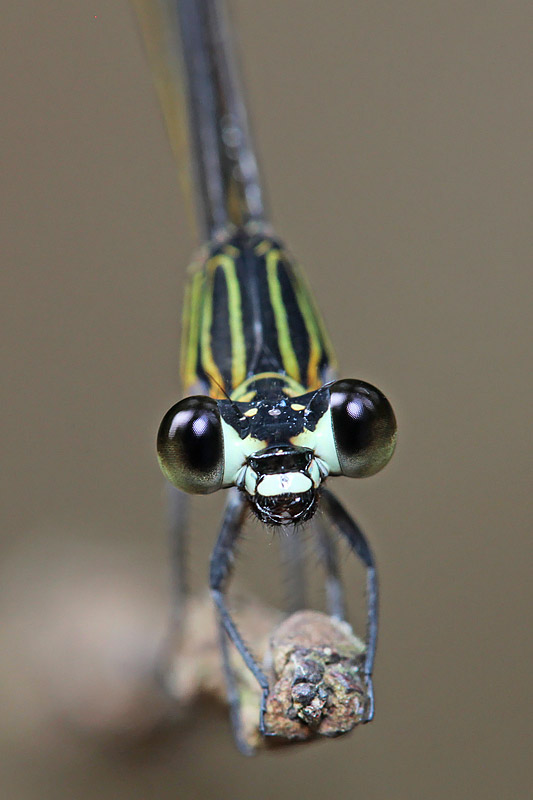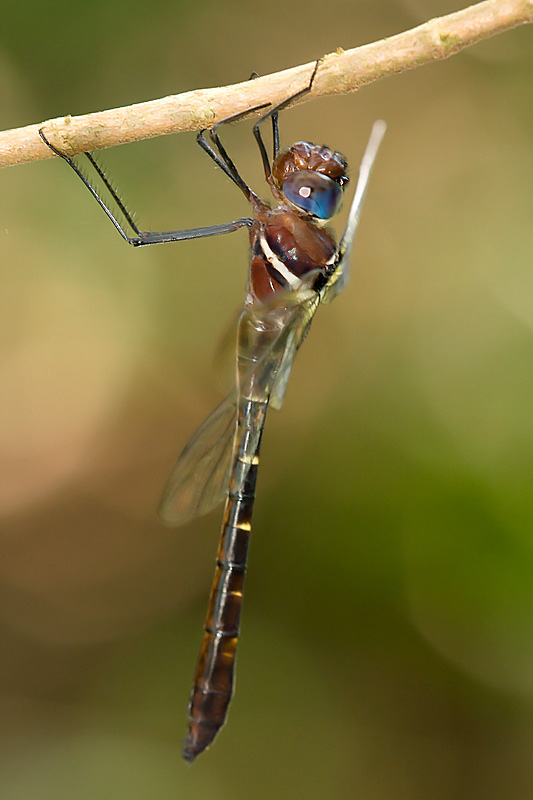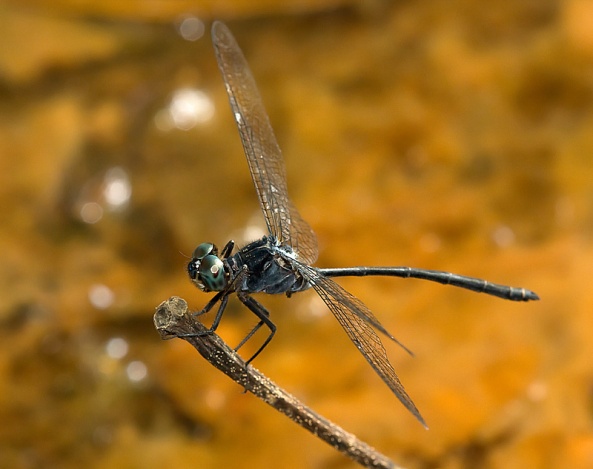Bekok is a town located at the eastern side of the district of Segamat, Johor, Malaysia. Bekok is well-known especially among nature lovers since Bekok is the western entrance to Endau Rompin National Park as well as having a refreshing waterfall known as Sungai Bantang Waterfall.
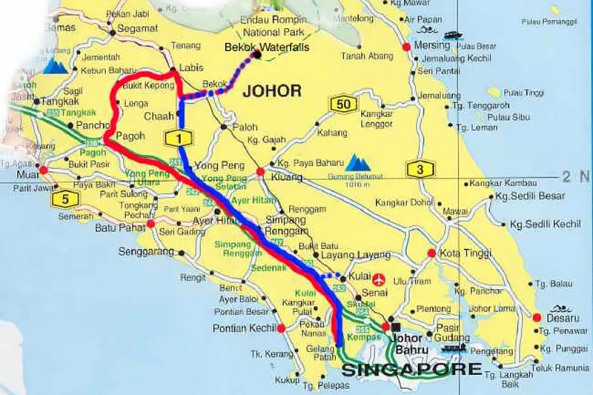
I had visited Bekok waterfall twice, one on a recce mission on 25 May 2013, and the recent one on 29 June 2013 where I joined Nature Photographic Society, Singapore (NPSS) on a marco photography outing. The meeting point was at the first Esso Petrol kiosk after Tuas 2nd link Customs. 18 of us gathered at 6.35 am, drove to Machap for breakfast and arrived Bekok Waterfall at 9.45 am, approximately 200 km of driving.

(Group photo at the entrance of Bekok Waterfall)
There is a stream near the entrance and it looks like a place full of damselflies, just like the stream at Gunung Belumut.

(A stream near the entrance)
Unfortunately it was not the case, only a few species could be found. One of which was a Protoneuridae interrupta. In Singapore, it is classified as an uncommon forest species.
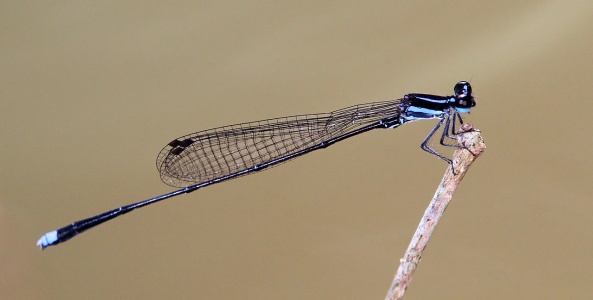
(Podasineura interrupta)
There were quite a no. of the male Euphaea ochracea, most of them perched just above the fast flowing water. This must be one of the most common forest species in Malaysia.

(Euphaea ochracea, Male)
There were a few Aristocypha fenestrella. This is a sun-loving species and they prefer to perch on rocks under direct sunlight. Photographing them is a little challenging as it is difficult to avoid the harsh sunlight. They were also more sensitive to human than the other damselflies species in Bekok.

(Aristocypha fenestrella, male & female)
It has a very nice common name known as Peacock Jewel, most likely due to its beautiful metallic colouration on its wing!. One of the most interesting behaviours of A. frnestrella is when two males are involved in aerial territorial fight. Getting both males sharp while they are fighting in mid-air are extremely difficult. I did not manage to get any decent fighting shot of A. frnestrella but was happy to photograph a male Heliocypha perforate chasing another losing male during a fight!
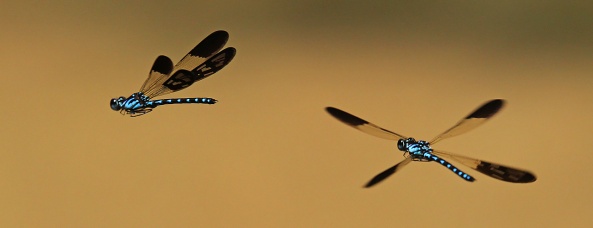
(Heliocypha perforate – Territorial fight )
There were some common dragonflies and damselflies such as Spine-tufted Skimmer, Yellow Featherlegs, Blue-sided Satinwing, Common Flashwing, etc which I did not capture them as they are quite easily found in Singapore. One common dragonfly however caught our attention and that was a male Tree-hugger. It is special because its left wing did not have the metallic bluish-black at the base of the hingwing.
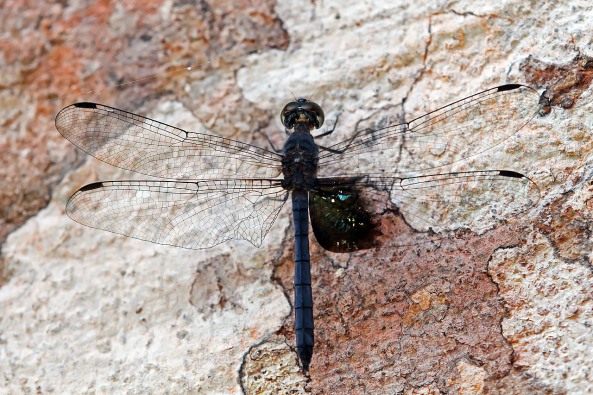
(Tree-hugger, male)
While I was disappointed not to find more damselfly species here, it was compensated with the sighting of a few lantern bugs (Laternaria ruhli) on a tree nearby. Lantern bugs are very rare in Singapore, the last official sighting was in October 2009 (See “Records of Lantern Bug … ” by NUS). As none of us have seen lantern bugs in Singapore, we would not want to miss this great opportunity to add this into our collection.

(Shooting lantern bugs overlooking the main stream)
I have seen images of lantern bugs taken by friends in Malaysia before but I didn’t expect it to be that big. I think it is about 20% bigger than the common cicada that we see in Singapore.

(Lantern bugs)
Another highlight of the trip was we found many butterflies, 6 species to be exact, feeding on sandy ground near the edge of the stream. I was not sure what were they feeding on but it must be very tasty as they kept coming back to the same spot.
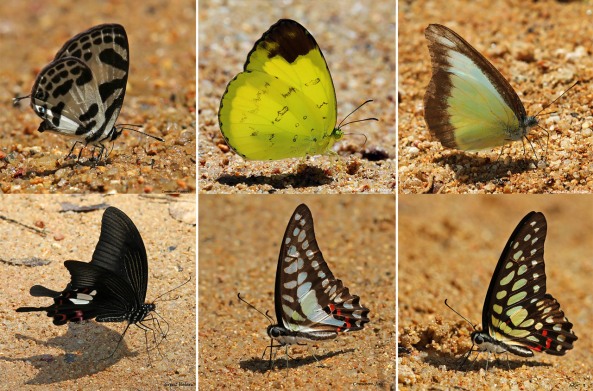
(6 butterfly species feeding on sandy ground)
Among all the butterfly shots, the image below is my favourite as it shows the size difference between the tiny Common Pierrot vs the much larger Common Jay (please correct me if I identified them incorrectly).

(Common Pierrot vs Common Jay)
After lunch, we walked through the forested path and soon reached the upper stream where there is a nice refreshing waterfall. This should be the Bekok waterfall that people are taking about.
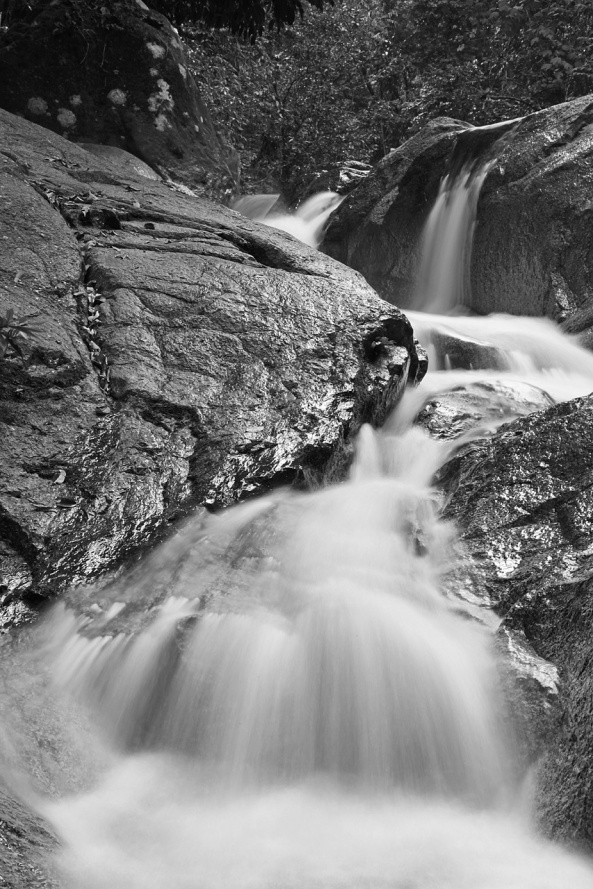
(Bekok Waterfall)
If Gunung Belumut is a heaven for damselflies, Bekok should be a paradise for frogs and toads as we spotted so many of them both from the lower and upper streams.

(Toad & Frogs)
Frogs in particular are photogenic subjects to shoot and it was no surprise to see my friends trying to get the best angles.
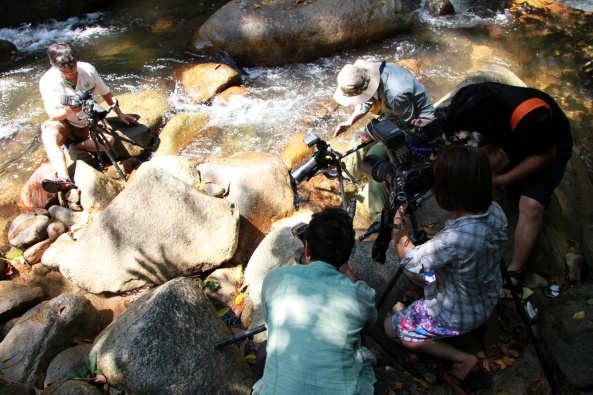
(Shooting the “prince charming”!)
I personally find the Black-spotted Rock frogs most charming and therefore I had shot them with various angles.
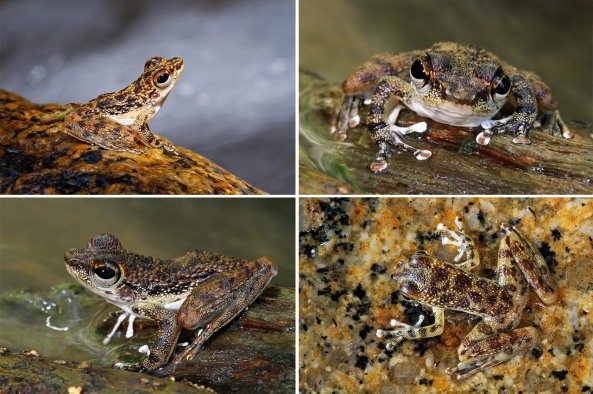
(Black-spotted Rock frogs)
When the black-spotted rock frogs were in abundant, it was not difficult to spot at least 2 of them together. Some of my friends saw 3 to 5 of them in a single spot, I could only shoot 2 in a frame.

(A pair of Black-spotted Rock frogs)
Thanks to my friend, Allan, who found a black-spotting rock frog having a male Euphaea ochracea damselfly as lunch near the waterfall. This is my first time seeing a frog eating and this has to be my catch of the day!

(Black-spotted rock frog having damselfly as lunch!)
Happy with what I had already shot, I put aside my camera gear to join Yan Leong, Allan & Chiat Pin for a cool dip in the stream. OMG! It was cold in there!

(Photo credit : Hazel Han)
After a tired but rewarding day, we deserved a good dinner at Cathay Restaurant in Kulai.

(Photo credit : Tony Png)
Reference : Wikipedia
